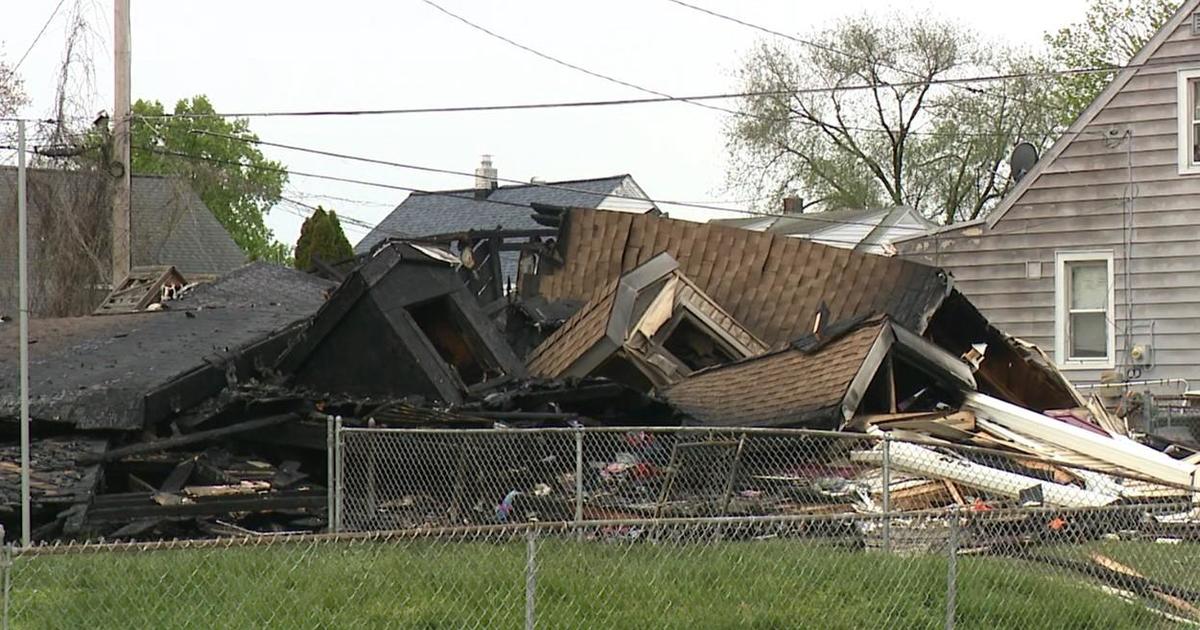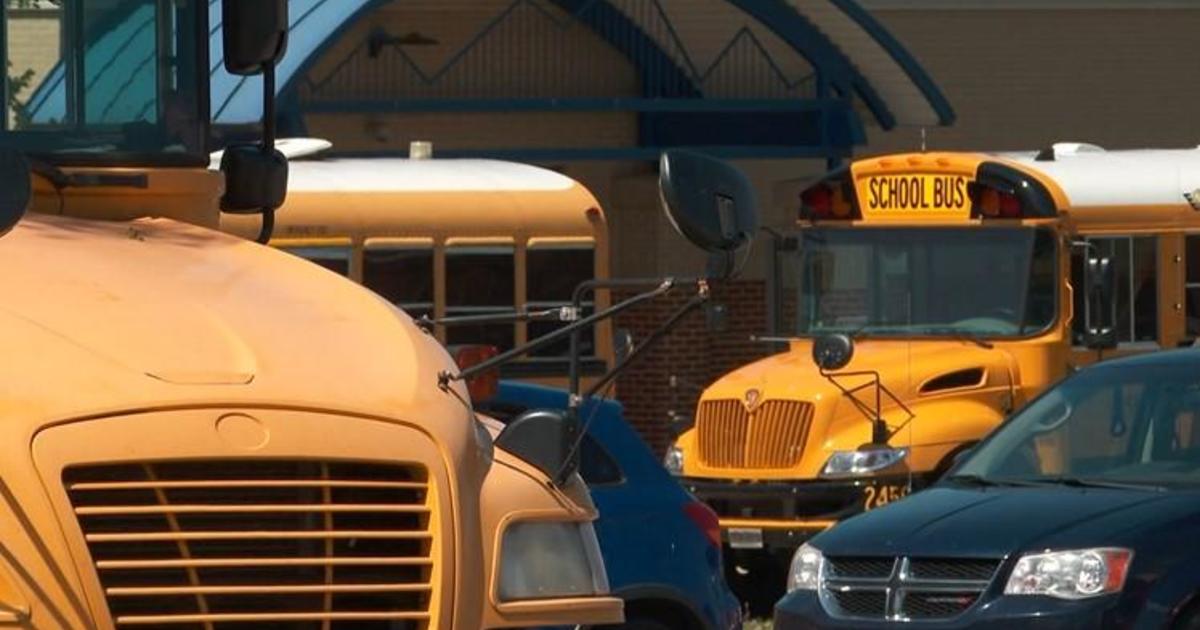Some Worried 'Eyes In The Sky' See More Than They're Supposed To
BALTIMORE (WJZ) -- A proposal to form a special court to review President Barack Obama's use of unmanned aircraft gets high-level support from former Defense Secretary Robert Gates. He says he understands lawmakers' worries over using drones to target al-Qaeda operatives and allies. But drones can be used for more than military maneuvers to fight terrorists abroad. Now police, the weather service and even private businesses are exploring the use of drones right here in the United States. But could these "eyes in the sky" see more than they're supposed to?
Mike Hellgren reports on who's watching you and who's trying to stop them.
A Navy drone--which cost more than $170 million--crashed last year during a test flight on Maryland's Eastern Shore. For many, it was the first time they'd even heard that powerful aircraft with no one in the cockpits were flying above us from the Atlantic coastline to I-95 to neighborhoods across the state.
"There's no stopping this technology. Anyone who thinks they can put this technology back in the box, that's silliness," said drone expert Peter Singer.
For years, the military has used unmanned aircraft in hotspots around the world. War-time technology is now coming home. From highways to your neighborhood, thousands of drones could fly over the mid-Atlantic in the next few years. They'll do everything from tracking weather to helping police keep an eye on what we're doing.
"You have men and women who are looking at monitors providing control signals through the network," said Rear Adm. Mat Winter, program executive officer for unmanned aviation and strike weapons.
WJZ gained access to the Patuxent River Naval Air Station in St. Mary's County. It's the secure facility where cutting-edge drones are put to the test.
A massive plane is controlled remotely--only by trained operators on the ground; again, no pilot is inside--through a series of sensors and satellites.
They track storms like Hurricane Sandy, flying at very high altitudes for very long times, measuring things like wind speed and direction.
"You're seeing things in higher detail," said Robbie Hood, NOAA director of unmanned systems program.
But they're not stopping there.
Police departments could use drones to check cars, catch speeders or track criminals in Baltimore and beyond.
"I'm here to say our unmanned systems are...reliable. They're effective and they're under control at all times," Winter said.
But all those extra eyes looking down at you with little to no regulation spur alarm drones could also be spying. Some now fear Big Brother in overdrive.
"That is completely incompatible with a free society and I think poses real dangers and is a real possibility unless we act to prevent it," said David Rocah, ACLU of Maryland.
Matt Scassaro is in charge of a group pushing for Maryland to lead in the development of unmanned aircraft. He does not see concerns over spying slowing them down.
"It's now applying those protections that are in place to a new technology just like any new technology," Scassaro said.
"There are very legitimate concerns that will cause many people, I think, to be very wary," Rocah said.
From the size of hummingbirds to helicopters and beyond, the next frontier is already above us.
Researchers are predicting 30,000 drones in the skies over the United States by 2020.



